After the currency reform which included devaluing it by a factor of 10 the old 100 and 200 Dong Ho Chi Minh values that were still readily available in post offices were only worth 10 and 20 Dong for postage. Given the 100 Dong standard letter rate this meant that the stamps had limited practical use and as a result their role in day to day postal traffic was rather small. One finds them most often on post cards to locations abroad that had odd tariffs (180 Dong). So, finding postally used specimens is pretty difficult. In over 25 years of collecting Vietnam the editor has not been able to assemble a complete set of the used overprints. Red mint overprints are generally much rarer and this is more true for specimens on postally used cover. Also, there is a very limited number of favor cancels (mostly on blanc pages or envelopes) which adds to the dearth of used stamps. Michel used stamps only slightly higher than mint ones which, again, shows, how little the catalogue maker understands about supply and demand of this issue. Used stamps should be valued at least ten times as much as mint ones. ![]()
![]()
The row below includes a stamp that is not yet listed in Michel. It is the 2nd stamp from the left. This is the rare 200 Dong in carmine with a Type I overprint.
Pair of the very rare mint stamp with the 10D (Type I) blue overprint on the 200D orange red imperforate. The 200D stamp was initially only issued perforated but a number of sheets were kept in the postal archives in the imperforate state. These sheets, together with the remaining perforated sheets, were then retrieved by postal authorities in October of 1954 in order to use them at 1:10 of the face value. Some were overprinted with the new value in New Dong but others were used on official mail without the overprint at a tenth of face value. This pair so far represents the largest known unit of the imperforate overprinted stamp.
Here is a very rare used stamp with the 20D (Type I) blue hand stamp on the 200D orange red imperforate stamp. The imperforated stamp with this overprint is so far unlisted in any catalogue.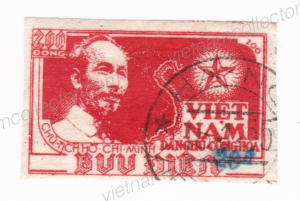 Given the low nominal value the overprinted stamps represented, the most likely place you will find these stamps on cover are the commemorative covers that were prepared for stamp collectors. This sample carries Michel Nr. 18aI, 19aI and 21 IaI. The cover was prepared to celebrate the “Liberation of Hanoi” by the Viet Minh most likely with a back-dated cancel that documents the day the French left the city.
Given the low nominal value the overprinted stamps represented, the most likely place you will find these stamps on cover are the commemorative covers that were prepared for stamp collectors. This sample carries Michel Nr. 18aI, 19aI and 21 IaI. The cover was prepared to celebrate the “Liberation of Hanoi” by the Viet Minh most likely with a back-dated cancel that documents the day the French left the city. 
This one carries Michel Nr. 18aI, 19aI, 19cII and Michel Nr. 17, again comemmorating the “Liberation of Hanoi on October 9th, 1954 but this time cancelled on October 18th, 1954.
All postally used specimens the editor has been able to collect were attached to post cards to communist Czechoslovakia carrying the 180 Dong postage in force at the time. This one carries Michel Nr. 19bII, 21aaI plus the Dien Bien Phu issue Michel Nr. 14A.
Late usage in 1955 of 19aI and 21aaI among other early NVN stamps.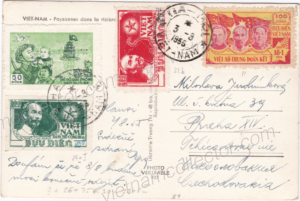
This one carries one Michel Nr. 21aaI. As you can see it is often the same type of overprint that was used making it hard to collect all variations.
This post card carries Michel Nr. 18bII and 21aaI.
This post card is franked with Michel Nr. 18bI and “21aaII
Late usage in 1955 of Michel Nr.21aaI on post card front.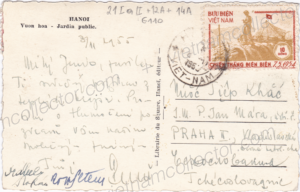
Here are post card with Michel Nr. 21aaII along with stamps issued to commemorate the liberation of Hanoi.
Post card with Michel Nr. 21aaI along with issue commemorating the victory in Dien Bien Phu.
Mixed franking of two Michel Nr. 21aaI together with four 100D Productions and Thrift stamps paying an overall postage of 440D on a postcard sent in January of 1955 from Hanoi to Czechoslovakia. The required postage was only 180D so this is likely a philatelic franking.

The only postally used letter the editor has been able to find so far carries the correct surface tariff of 300 Dong rate to Czechoslovakia (the same rate that was in force to China) made up of Michel Nr. 18aII, 19aII and 21 IaII plus some other NVN early stamps.
Michel writes in its catalogue that wrong placement of the overprints is rare and this certainly is the case. It is, however, natural that when one combines human frailty with boring manual tasks that errors do occur and they did. Yes, wrong placements were indeed rare but that is less true for double or missing overprints.
Below are a number of pairs on which one stamp each is missing the overprint. Michel Nr. 18aI, 18bI, 19bII and 19cII: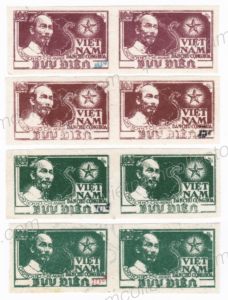
Missing overprint on middle stamp Michel Nr. 19cII (ex Klewitz)
Beware of forged overprints such as this pair of the 200 Dong brick-red value. Note that the “2” in “20” looks more like an “S” and the “d” that stands for Dong looks more like a small “a”. 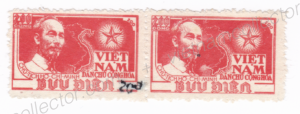

Here are two samples of wrongly placed overprints. Mis-placed overprints are certainly rarer than missing overprints. Here are three Michel Nr. 19aI where the blue overprint is on the top right instead of the bottom right.

Here is the same error on stamps that were used in October of 1954 and April of 1955.

Detailed scan of the affected area:

On this block of four of Michel Nr. 21 IaI one can find a number of errors. The bottom right stamp actually features four 20d overprints. Two on top of each other in the right position at the bottom right, another one just below that and the fourth one at the top right
Double, triple and even quadruple overprints do exist. Here is a double overprint (left stamp) on Michel Nr. 19cI (ex Klewitz)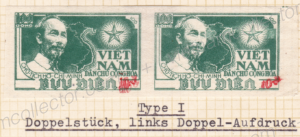
Block of four of Michel Nr. 19bI all with double overprints (ex Klewitz)

Double overprint of Michel Nr. 18aI, one left and one on the right (probably unique), (ex Klewitz)
Triple overprint on Michel Nr. 18aI (bottom stamp), one left and two on the right. (ex Klewitz)
Double overprint on both stamps Michel Nr. 18bI

Here is a similar error, this time on Michel Nr. 18b II. The left stamp shows a double overprint.
Detailed scan of the affected area:
Block of four of Michel Nr. 18aI all with tripple overprint (one on the left, and two on the right of which one is upside down!).

Upside down overprint on Michel Nr. 18aI
Here is a pair of Michel Nr. 18C I where the left stamp shows a double overprint.
Detailed scan of the affected area:
Upside down overprint on the left stamp Michel Nr. 19cI (ex Klewitz)

Continued in Part III
Registration Nr. 100029

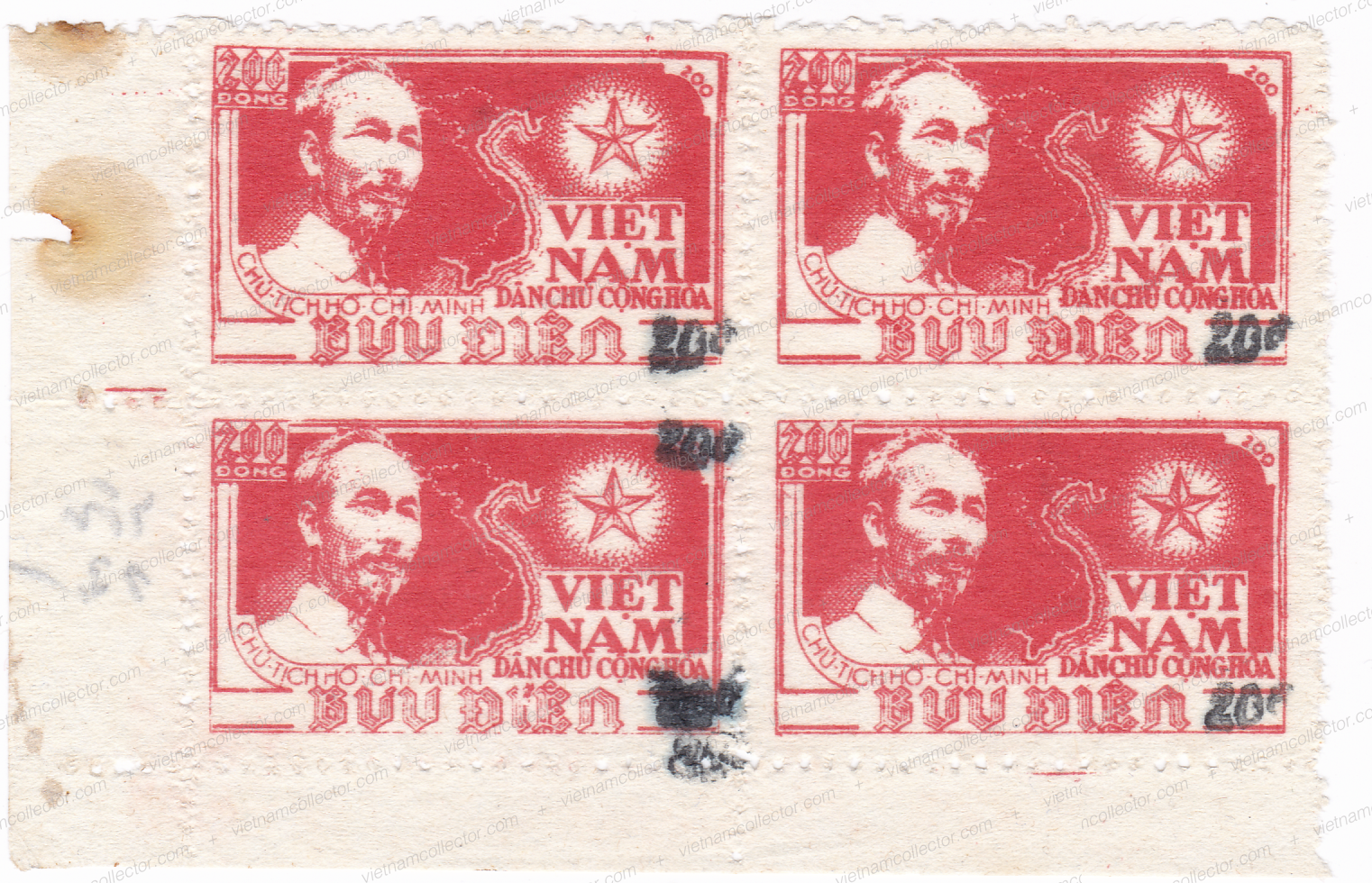

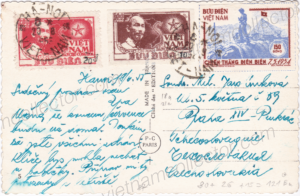


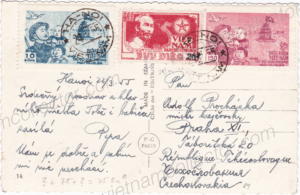





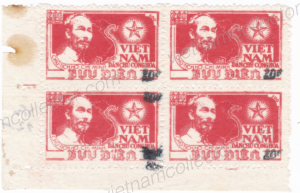
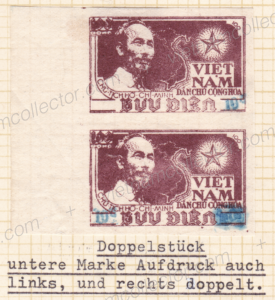
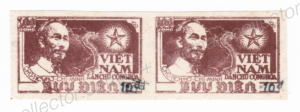





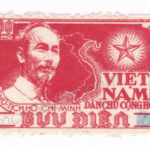
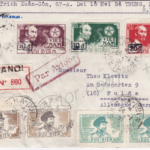


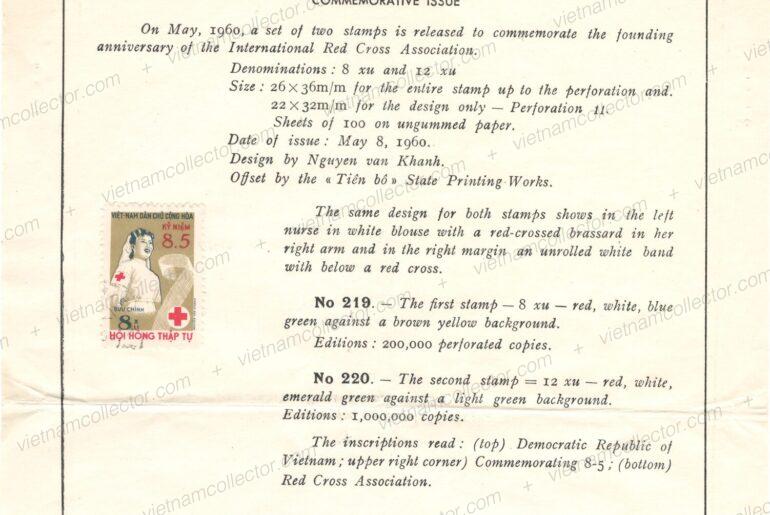
Comments are closed.